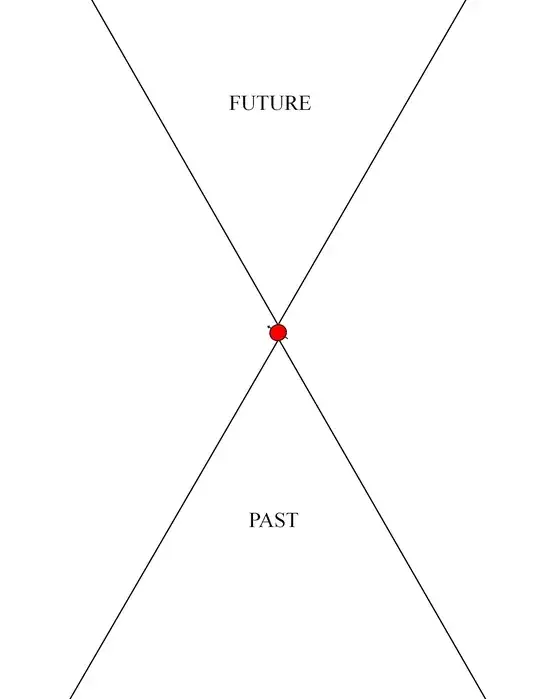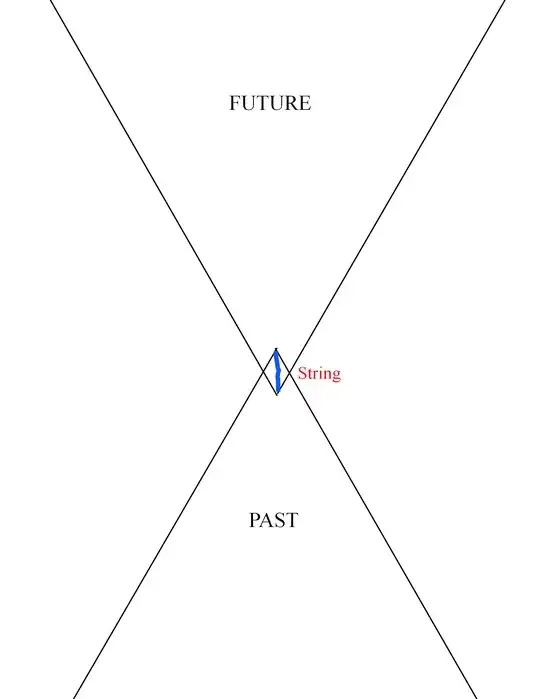For a point particle we have light cone: 
String Theory- with it's extended body concepts- however will not admit a light cone such as this. In particular the most problematic causal issue would be the following illustration:
From the illustration the past light cone from the endpoint of the string leading in it's direction of motion is seen as overlapping the future light cone from the opposite end.
It is the rhomboid region that I wonder about- here it seems the past and future of the string would continually interfere with one and another.